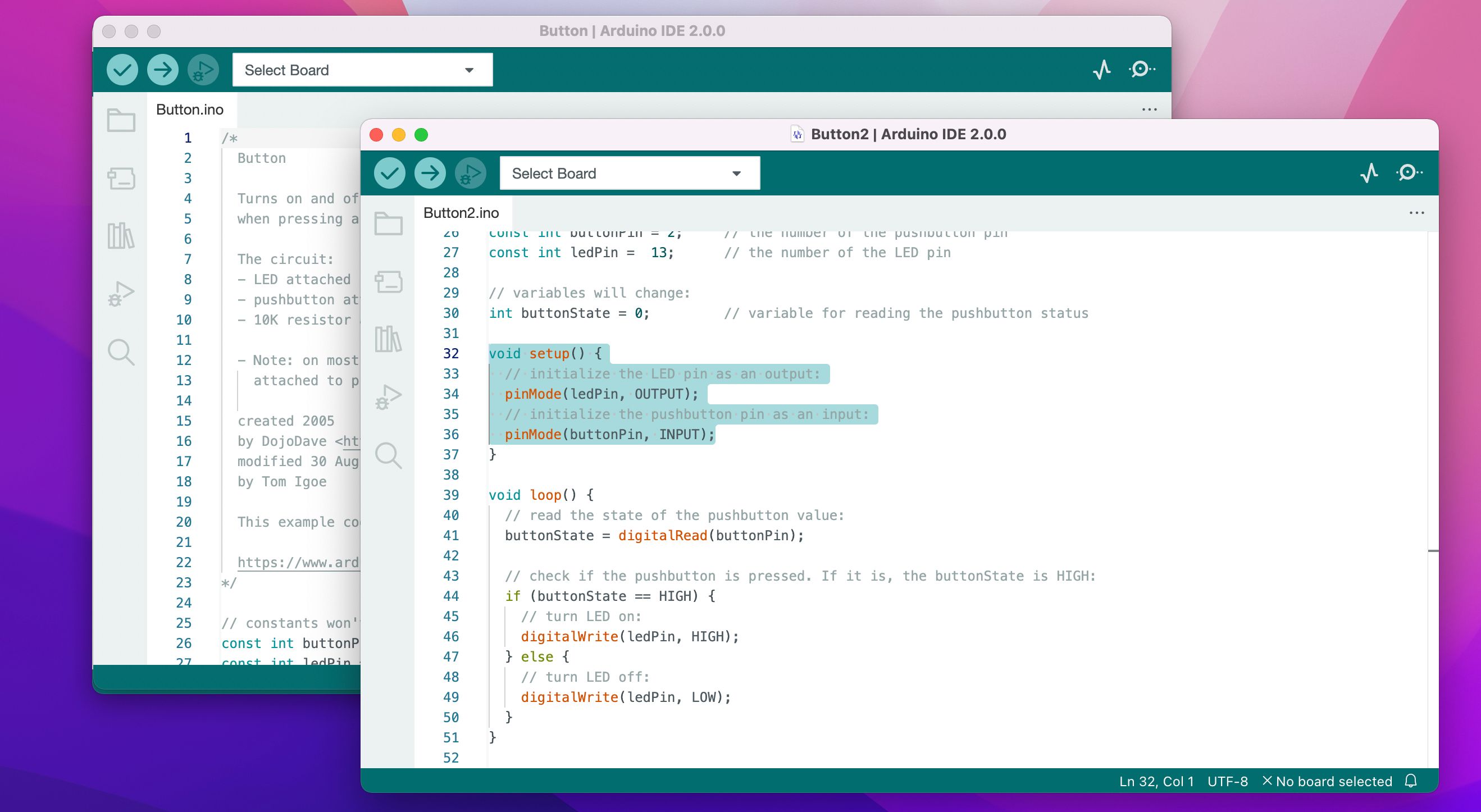Once again, the season to make merry, fill our tummies with scrumptious dishes, and our hearts with cherished moments is almost upon us. That means it’s also time to start thinking about gift ideas for your Great Uncle Barnaby and to put up celebratory decor. It also means New Year, an equally anticipated day, is around the corner.
If you’ve already covered Thanksgiving and Christmas decor but don't know what to do with New Year’s celebrations, don’t fret. We have compiled five cool countdown DIY projects to make your New Year’s celebrations brighter.
1. Countdown Voice Timer & Fire Starter
While there are endless ways to mark the transition to a new year, fireworks are considered the signature symbol for ushering it in. Locals in Sydney, Australia, gather at the famous Opera House to witness one of Australia’s biggest fireworks shows. In San Francisco, they head up to the Golden Bridge, where they can enjoy fascinating fireworks shows coupled with great views.
Whether you join other locals outdoors in your area or prefer to host private New Year’s Eve parties, this programmable countdown timer and fire starter (which can be used to trigger fireworks or something else) will undoubtedly make a great addition to your celebrations. Check out the Hackster guide for more details on how to build it.
2. Happy New Year Snow Globe
You could build plenty of iconic holiday decor, but none is more quintessential of the winter holiday and New Year’s celebrations than the snow globe. It is charming, timeless, makes a perfect gift, and—even better—is incredibly customizable. You can even pair a snow globe with a countdown timer on New Year’s Eve so it goes off at the turn of the year. This Hackster guide shows how to use a micro:bit and HuskyLens AI camera/vision sensor to DIY a snow globe that's triggered at the end of the countdown.
3. Digital Christmas/New Year Countdown
There are two types of people when it comes to Christmas celebrations: those who adore Christmas and anticipate it year-long, and those who only celebrate it because everyone else is. If you are in the first category, chances are you are excited now and already counting down the days until you put up your Christmas decor.
Building this digital Christmas timer, as shown in the Hackster tutorial, will make your countdown process even easier. It’s Arduino-controlled and features a small LCD screen that loads up a numerical image every day, showing the number of days until Christmas. Check out these awesome DIY smart trees to add sparkle to the festivities that you can build to match this Christmas timer.
4. Arduino New Year Countdown Clock
While some people count down to Christmas, others are eagerly waiting up for the New Year because it means catching up with old buddies they haven’t seen all year long to party. For others, a New Year is an emblem of hope for a better tomorrow after a tough run in the current year.
Regardless of how you view this significant day, an Arduino-based countdown clock will let you know precisely how long is left until New Year. It uses a real-time clock to assess the current time and determine the number of days, hours, minutes, and seconds remaining until the old year is over and a new one is here. Check out the Instructables guide for a list of supplies and instructions.
5. Party Popper Alarm Clock
If you aren’t much of a tinkerer but would love to count down your Christmas or New Year days in style, the party popper alarm clock is a perfect DIY project for you. It's based around an inexpensive digital alarm clock which is connected to a Picaxe microcontroller and servo motor.
When the Picaxe detects a high input signal, it triggers the servo to pull the string of the party popper, which is connected to the setup with a crocodile clip. Once the party popper goes off, it’s followed by a soft tune of whichever track you’ve chosen, meaning you can use it to count down the seconds until both Christmas Day and New Year's Eve.
The party popper countdown timer gets a lot done for its simple setup. Check out how to build it in the RobotShop community guide. If you’re making this as an alarm clock for everyday use, here are some more DIY alarm clocks to start a great day for inspiration.
Bonus: Some Tips and Tricks for Arduino Coders
Many DIY projects are based around the Arduino microcontroller—for instance, here are some of the best Arduino radio projects you should consider trying. That means the better you are at working with this open-source platform, the better your projects will turn out. In that light, here are some handy Arduino tips and tricks to keep in mind:
For Seamless Code Reading
While writing code is obviously a major part of programming, so is checking the code you’ve written, so that you can catch mistakes and improve how it works. While doing so, however, it's very easy to lose track of your place in the code. To ensure this isn’t an issue, open the file you’re writing as a read-only copy for proofreading code, while using the original to make the changes.
Use Descriptive Variable Names
Making your variable names as descriptive as possible keeps your code legible and makes it easier to understand now and in the future, including for other programmers if you share it. Therefore, use descriptive variable names wherever you can.
Maximize the Arduino Web Editor
While you can always work offline, using the Arduino web editor when writing code for your Arduino-based projects is the way to go. The editor lets you upload and save your sketches to the cloud, making them accessible across all your devices. You’ll also get access to the most recently updated IDE without necessarily having to install updates on your device. Never used the editor before? Here’s an Arduino.cc guide to get you started.
Document Your Code
Documenting code is probably one of the most boring parts of the programming process. However, it is an essential task because it safeguards your intellectual rights over the code, and makes it easy to modify in the future. So, as mundane as it feels, ensure you properly document your code. Start with good naming, add a full explanation of why the code achieves its purpose, and all the functions created alongside a description of what they do and where to find them in the code.
Enjoy Your Holidays
Marking New Year’s Eve with projects you’ve curated from scratch makes the event even more exciting and memorable. So, don’t hesitate to recreate or tweak any of these countdown DIY projects for the New Year’s celebration to your liking.


